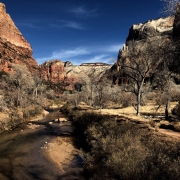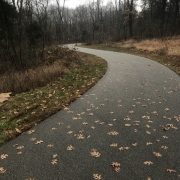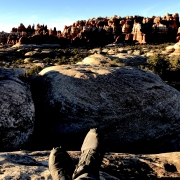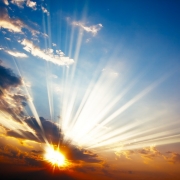Friday Waypoints- 12/28/18
Book I’m Reading: I picked up James Hamblin’s book, “If Our Bodies Could Talk,” to read on the plane during a recent trip. It’s great read. Think of it as an FAQ about the body. He covers topics that are interesting like, “What are dimples?” and “Why are blue eyes blue?” I particularly found his…








